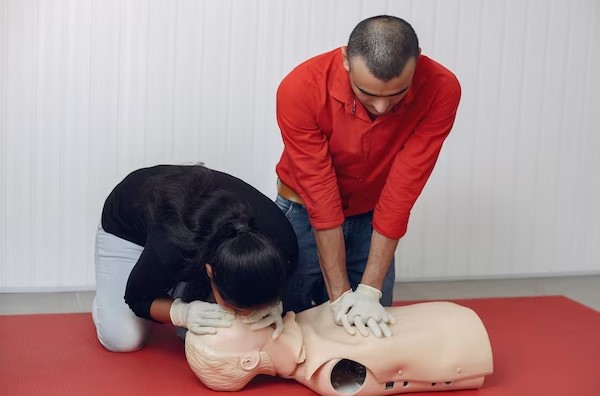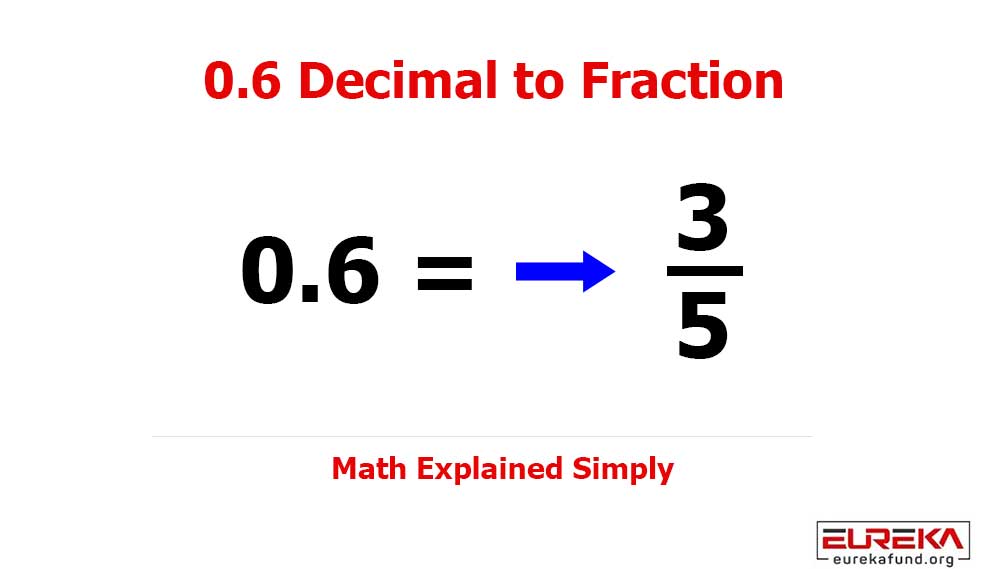Performing CPR (Cardiopulmonary resuscitation) at home can be lifesaving during a medical emergency. BLS CPR Certification Houston can help to restore the blood flow and oxygenation to the brain and other vital organs until medical assistance arrives.
Step 1: Check the Scene and Assess the Person
The first step is checking the scene for potential hazards or dangers. Ensure that the area is safe for you and the victim. If there is a risk of injury or harm, move the person to a safe location. Next, assess the person’s responsiveness by tapping on their shoulder and calling out their name. If they do not respond, check their breathing by looking for chest movement and listening for any breathing sounds.
Step 2: Call for Help and Begin CPR
If the person is unresponsive and not breathing normally, immediately call for emergency medical help or ask someone else to do it for you. Begin CPR as soon as possible. Start with chest compressions, which can help to circulate blood through the body. Place the person on their back on a firm surface and kneel beside them.
Place the heel of one hand on the center of the person’s chest, between the nipples. Place the other hand on top of the first hand and interlock your fingers. Position your shoulders directly over your hands and keep your elbows straight. Push down on the chest about two inches and release the pressure. Repeat this rhythmically, at a rate of 100 to 120 compressions per minute.
Step 3: Give Rescue Breaths
After 30 compressions, give two rescue breaths. Tilt the person’s head back gently with one hand and lift their chin with the other hand to open their airway. Pinch their nose shut with your fingers and give two slow breaths into their mouth. Watch for chest rise as you give the breaths, and make sure each breath lasts about one second.

Step 4: Continue CPR Until Help Arrives
Continue the cycle of 30 compressions followed by two rescue breaths until emergency medical help arrives or the person shows signs of life. If you are alone, continue CPR for two minutes before calling for help. If the person starts breathing again, place them in the recovery position and monitor their breathing until help arrives.
Conclusion
Performing CPR at home can be a lifesaving technique during a medical emergency. With these four steps, you can help to improve the person’s chances of survival until medical assistance arrives.




